A temple shaped by generations of saintly sacrifice, blending modern design with stories of faith and heritage.


6:00 AM – 5:00 PM
সম্মানজনক, শালীন পোশাকের প্রশংসা করা হয়।
Spring for cherry blossoms or during the Sanja Matsuri festival in May.

A vibrant street lined with shops offering traditional snacks, souvenirs, and a taste of Edo-era Japan.
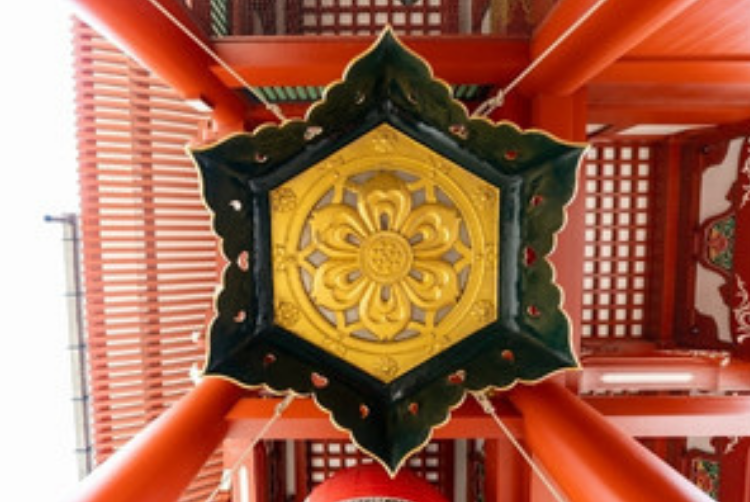
A serene Shinto shrine adjacent to Senso-ji, honoring the temple’s founders with beautiful architecture.

Just a short walk away, offering a peaceful retreat with scenic views and a connection to Tokyo’s iconic Skytree.
Tokyo’s oldest Buddhist temple, attracting millions each year.
Tied to an ancient discovery of a statue of Kannon from 628 AD.
Features the iconic Kaminarimon gate with its massive red lantern.

Rebuilt after destruction from World War II.
Home to the second tallest pagoda in Japan at five-stories tall (173 ft.)
Honors the two fishermen who founded the Senso-ji Temple.





Legend tells of two humble fishermen, Hinokuma Hamanari and his brother Takenari, who, in 628 AD, discovered a small statue of Kannon, the Goddess of Mercy, in their fishing nets along the Sumida River. Despite their efforts to return the statue to the river, it miraculously kept returning to them. Recognizing the divine significance, the village chief, Hajino Nakamoto, enshrined the statue, marking the beginning of Senso-ji Temple. This event not only solidified the temple's spiritual foundation but also turned Asakusa from a quiet fishing village into a thriving religious center.

Senso-ji Temple has stood as a beacon of resilience, particularly after World War II when much of it was destroyed by air raids. The temple was meticulously rebuilt in 1958, symbolizing the enduring spirit of the Japanese people. Today, visitors can still witness this blend of historical reverence and modern reconstruction, a testament to Tokyo's ability to rise from its ashes.
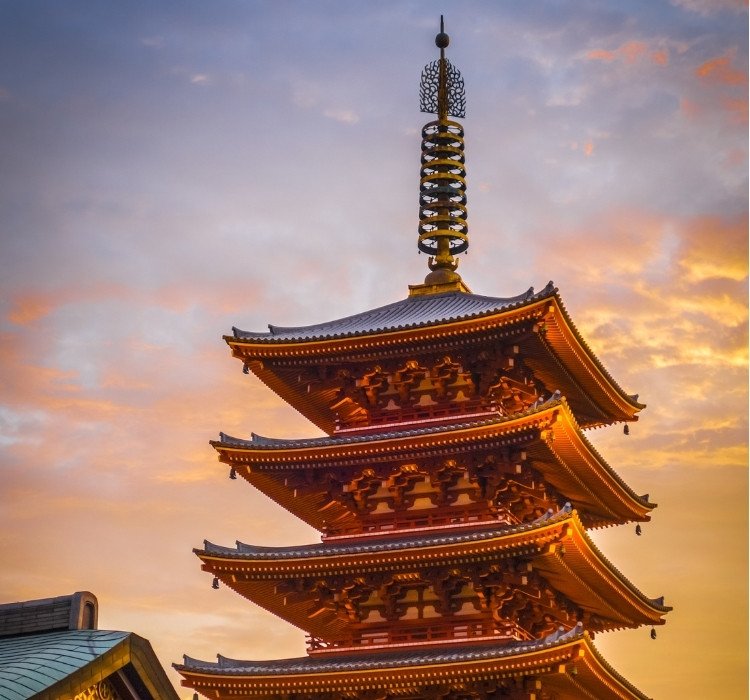
A unique tradition at Senso-ji is the biannual Golden Dragon Dance, or "Kinryu no Mai." This event, held in March and October, commemorates the temple’s rebirth after World War II. The dance symbolizes a legend that a golden dragon descended from the heavens when the temple was first built, a sign of divine protection. The dance is a spectacular display, deeply rooted in the cultural fabric of Asakusa, drawing both locals and visitors to witness this celebration of the temple’s spiritual legacy.

Kaminarimon, or the Thunder Gate, is one of the most iconic features of Senso-ji. Flanking this gate are the statues of Fujin, the god of wind, and Raijin, the god of thunder. These fierce deities are believed to protect the temple, warding off evil spirits. Despite its current grandeur, Kaminarimon has been destroyed and rebuilt several times throughout history, with the most recent reconstruction occurring in 1960, funded by Panasonic's founder, Konosuke Matsushita.
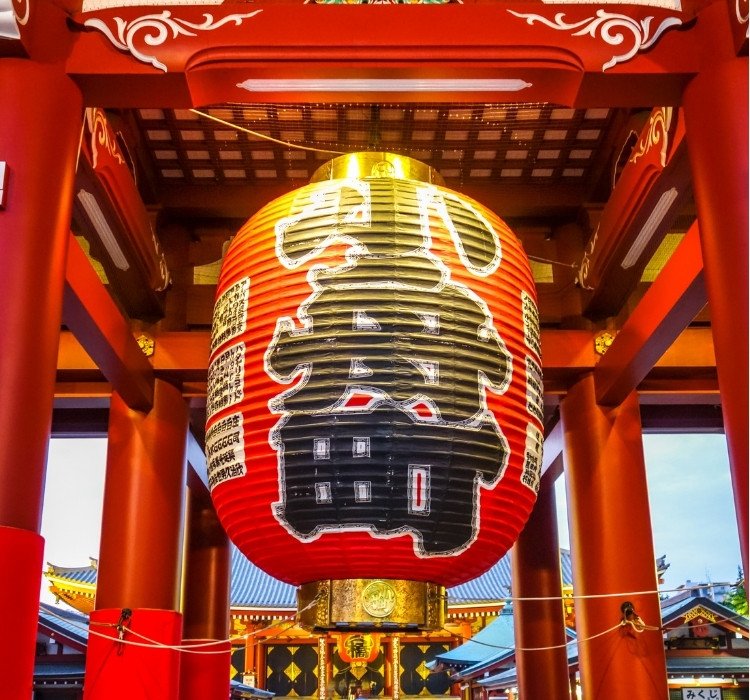
One of the unique experiences at Senso-ji is drawing "omikuji," or fortune-telling papers. For just 100 yen, visitors can try their luck with these slips of paper, which range from very good to very bad fortunes. The temple is reputed to have a higher-than-usual number of "kyo" (bad luck) fortunes, making it a thrilling, albeit nerve-wracking, activity for those seeking to challenge fate. Despite the risk, many visitors still partake, adding an element of excitement and tradition to their temple visit.

The five-story pagoda at Senso-ji is not just an architectural marvel but a spiritual symbol. Each tier represents one of the five elements in Buddhist philosophy: earth, water, fire, wind, and sky. This pagoda, one of the tallest in Japan, is believed to house relics of the Buddha, making it a revered structure within the temple complex. Though visitors cannot enter, the pagoda stands as a visual reminder of the temple's deep spiritual significance.
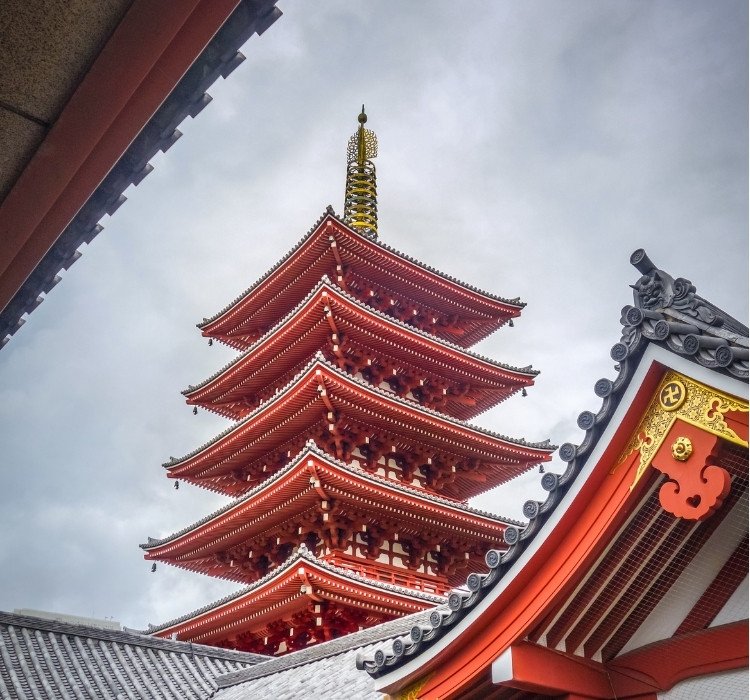
According to legend, two fishermen, Hinokuma Hamanari and Takenari, discover a statue of Kannon, the Goddess of Mercy, in the Sumida River. Despite multiple attempts to return the statue to the river, it miraculously returns to them, leading to the enshrinement of the statue and the establishment of Senso-ji Temple, marking the beginning of its long history.

Senso-ji Temple is officially founded. This marks the construction of Tokyo’s oldest Buddhist temple, which would become a central place of worship and cultural significance.

Senso-ji Temple is officially founded. This marks the construction of Tokyo’s oldest Buddhist temple, which would become a central place of worship and cultural significance.

Influential samurai warlords from the Taira and Minamoto families contribute to the temple’s expansion, including the construction of the Kaminarimon (Thunder Gate) and the Hozomon (Treasure House Gate).
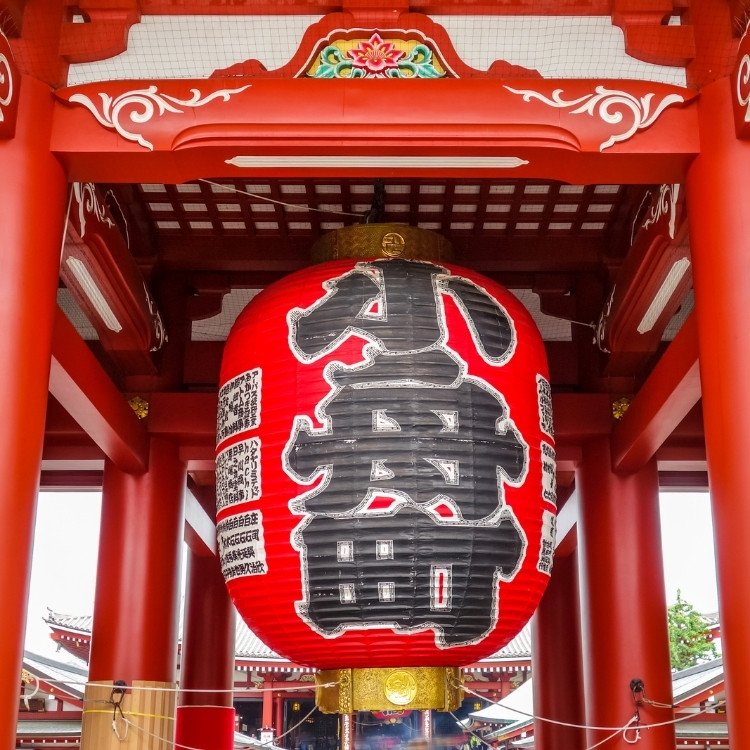
Tokugawa Ieyasu, the shogun, designates Senso-ji as a family temple to protect against spiritual threats, further elevating its status. This period also sees the construction of the five-story pagoda, which remains a significant feature of the temple complex.
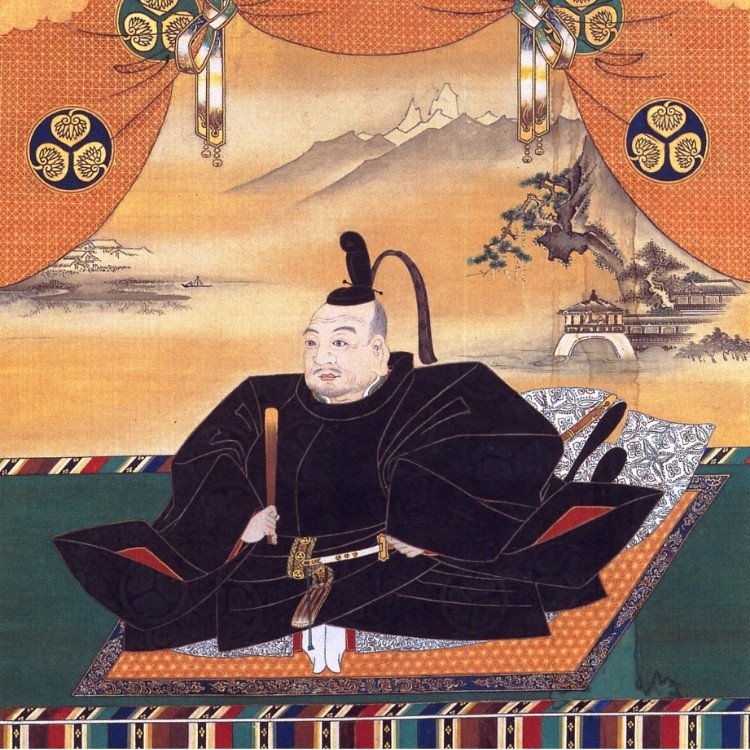
Tokugawa Ieyasu, the shogun, designates Senso-ji as a family temple to protect against spiritual threats, further elevating its status. This period also sees the construction of the five-story pagoda, which remains a significant feature of the temple complex.

Senso-ji survives the Great Kanto Earthquake with minor damage, but its structures remain largely intact, continuing to serve as a spiritual center for Tokyo.

The temple complex is heavily damaged during the firebombing of Tokyo in World War II. The main hall and other structures are destroyed, but the temple’s significance to the people of Tokyo and Japan ensures its restoration.
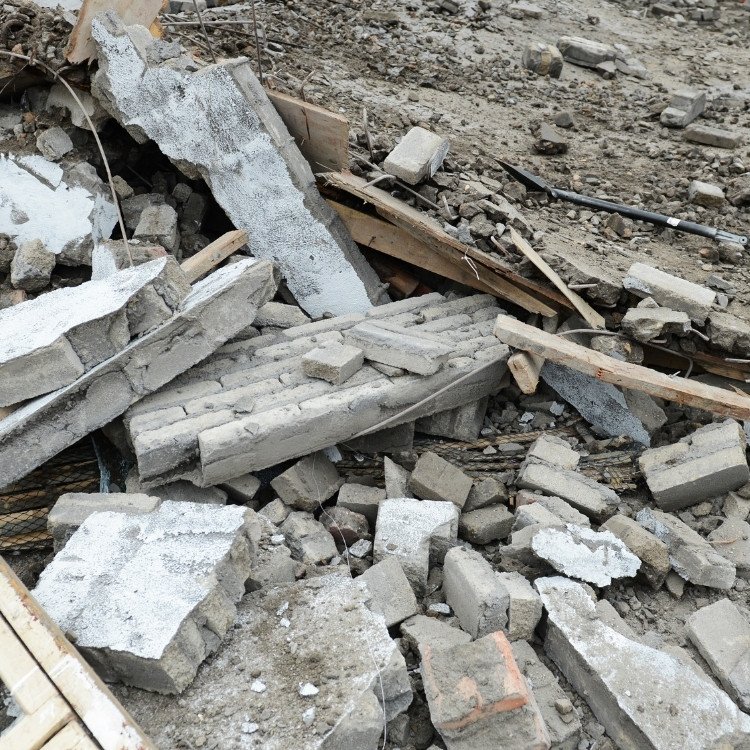
The temple complex is heavily damaged during the firebombing of Tokyo in World War II. The main hall and other structures are destroyed, but the temple’s significance to the people of Tokyo and Japan ensures its restoration.

Reconstruction of Senso-ji is completed, symbolizing Japan’s post-war recovery and resilience. The rebuilt temple becomes a symbol of peace and rebirth, attracting millions of visitors each year.

The Kaminarimon gate is reconstructed, with a new giant red lantern donated by Konosuke Matsushita, founder of Panasonic. This restoration reinforces the temple’s status as a cultural and spiritual landmark.

The Kaminarimon gate is reconstructed, with a new giant red lantern donated by Konosuke Matsushita, founder of Panasonic. This restoration reinforces the temple’s status as a cultural and spiritual landmark.

Senso-ji Temple continues to thrive as a spiritual sanctuary and cultural icon, attracting over 30 million visitors annually. The temple hosts numerous festivals, including the famous Sanja Matsuri, and remains a focal point of Tokyo’s rich religious heritage.
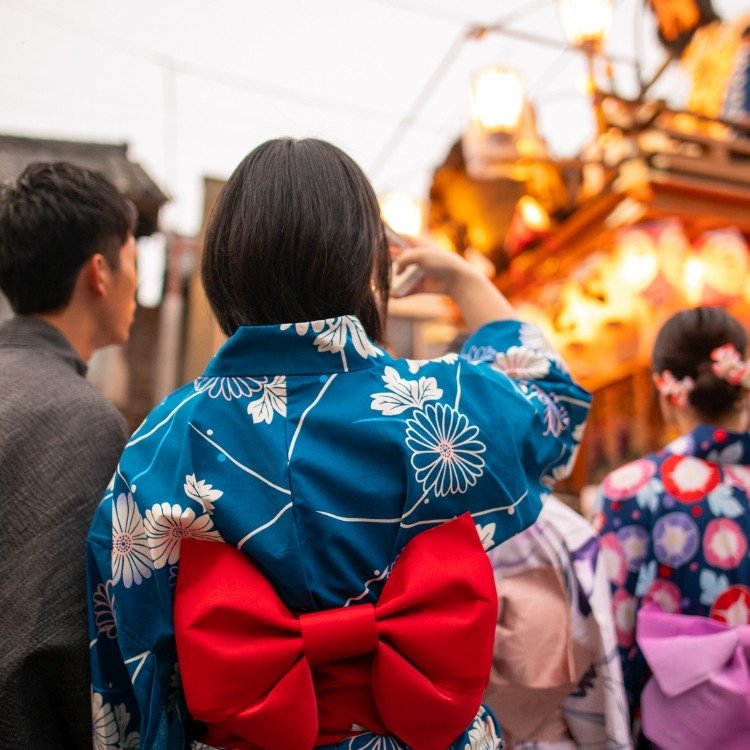
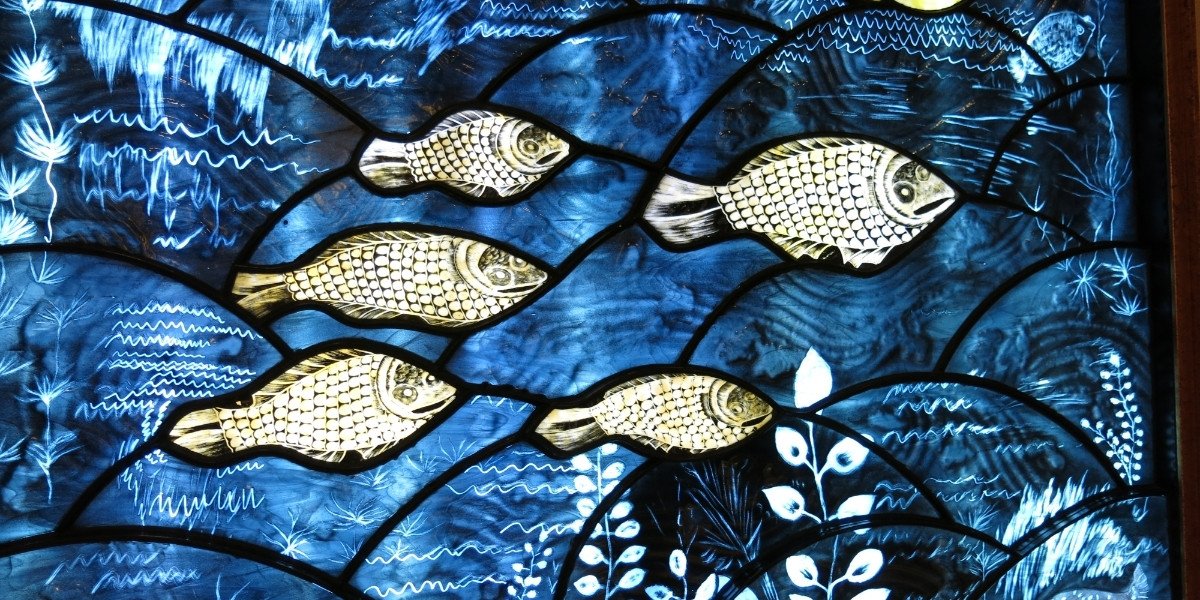
The story of Senso-ji Temple begins with an extraordinary event in 628 AD when two humble fishermen, Hinokuma Hamanari and Takenari, stumbled upon a small statue of Kannon, the Goddess of Mercy, in their fishing nets. This miraculous discovery in the Sumida River set the stage for the creation of what would become Tokyo’s oldest and most revered temple. The village chief, Hajino Nakamoto, recognized the statue’s significance and enshrined it, marking the humble beginnings of a sanctuary that would draw worshippers for centuries.

Throughout the 10th and 12th centuries, Senso-ji attracted the attention of powerful samurai warlords from the Taira and Minamoto families. These influential figures contributed to the temple’s expansion, commissioning significant structures such as the Kaminarimon (Thunder Gate) and the Hozomon (Treasure House Gate). These additions not only enhanced the temple’s physical presence but also cemented its status as a spiritual stronghold, protected and revered by the most powerful in the land.

The temple’s resilience was tested through the centuries, surviving natural disasters, fires, and the tumult of wars. Perhaps its most significant challenge came in 1945, when the temple was heavily damaged during the Tokyo air raids of World War II. Despite the destruction, the people’s unwavering devotion ensured that Senso-ji would rise from the ashes. By 1958, the temple was fully restored, symbolizing not only the resilience of the structure but also the enduring spirit of the Japanese people.

The Senso-ji Temple complex is a masterpiece of traditional Japanese architecture, with its five-story pagoda standing as a testament to the intricate artistry of the time. Each level of the pagoda represents one of the five elements in Buddhist philosophy—earth, water, fire, wind, and sky—reflecting the temple’s deep spiritual symbolism. The Kaminarimon gate, with its massive red lantern and protective statues of Fujin and Raijin, continues to be one of Tokyo’s most iconic landmarks, drawing visitors from around the world.
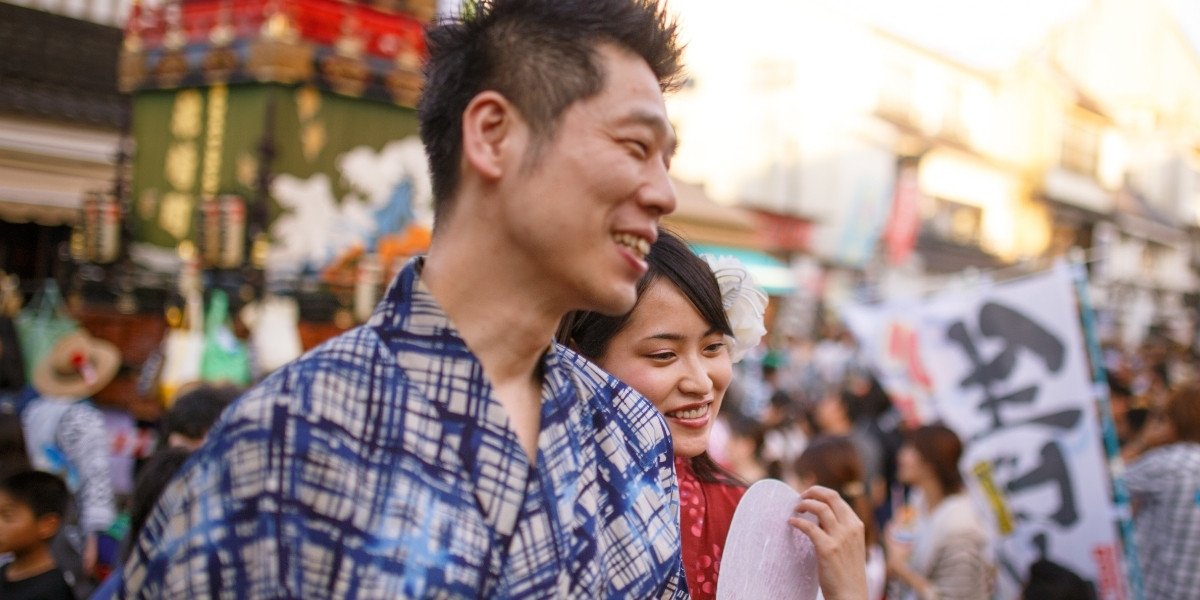
Over the centuries, Senso-ji has evolved into more than just a place of worship; it has become a cultural and communal hub. The temple hosts numerous festivals throughout the year, most notably the Sanja Matsuri, which celebrates the three founders of Senso-ji and draws millions of participants annually. These events, coupled with the daily rituals and the bustling Nakamise shopping street, ensure that Senso-ji remains at the heart of Tokyo’s spiritual and cultural life.
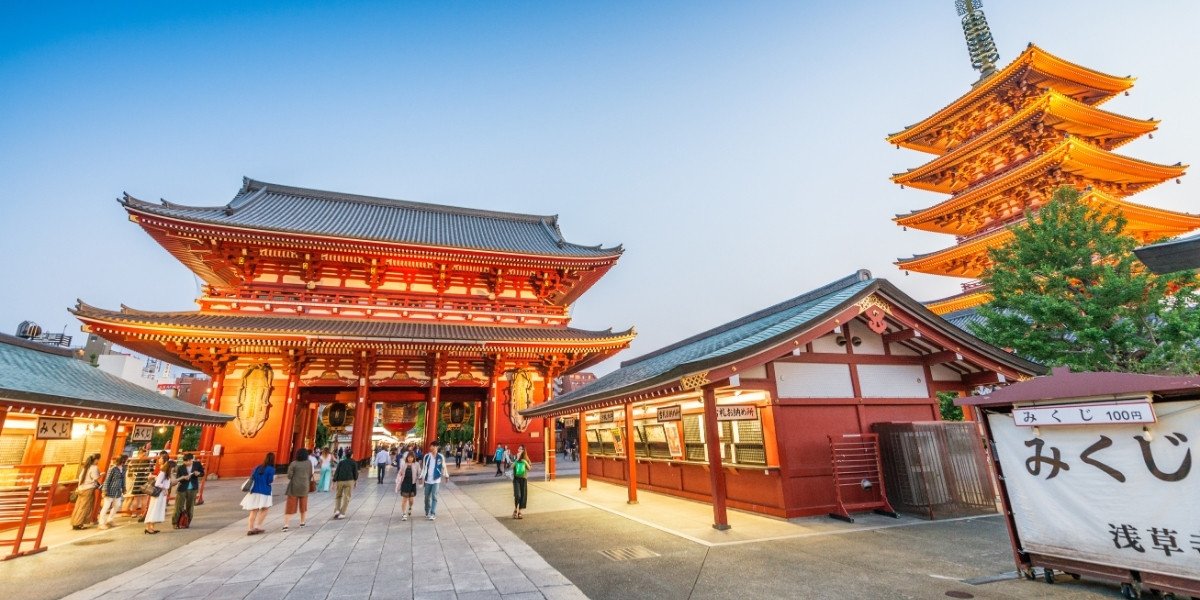
Today, Senso-ji Temple stands not only as a symbol of Tokyo’s rich history but also as a beacon of spiritual continuity and cultural vibrancy. Its history, marked by miraculous beginnings, samurai patronage, and post-war rebirth, continues to inspire visitors and worshippers alike. The temple’s legacy is one of resilience, community, and enduring faith, making it a true sanctuary in every sense of the word.
Contact Us
Copyright © 2025 Temples.org. All rights reserved.